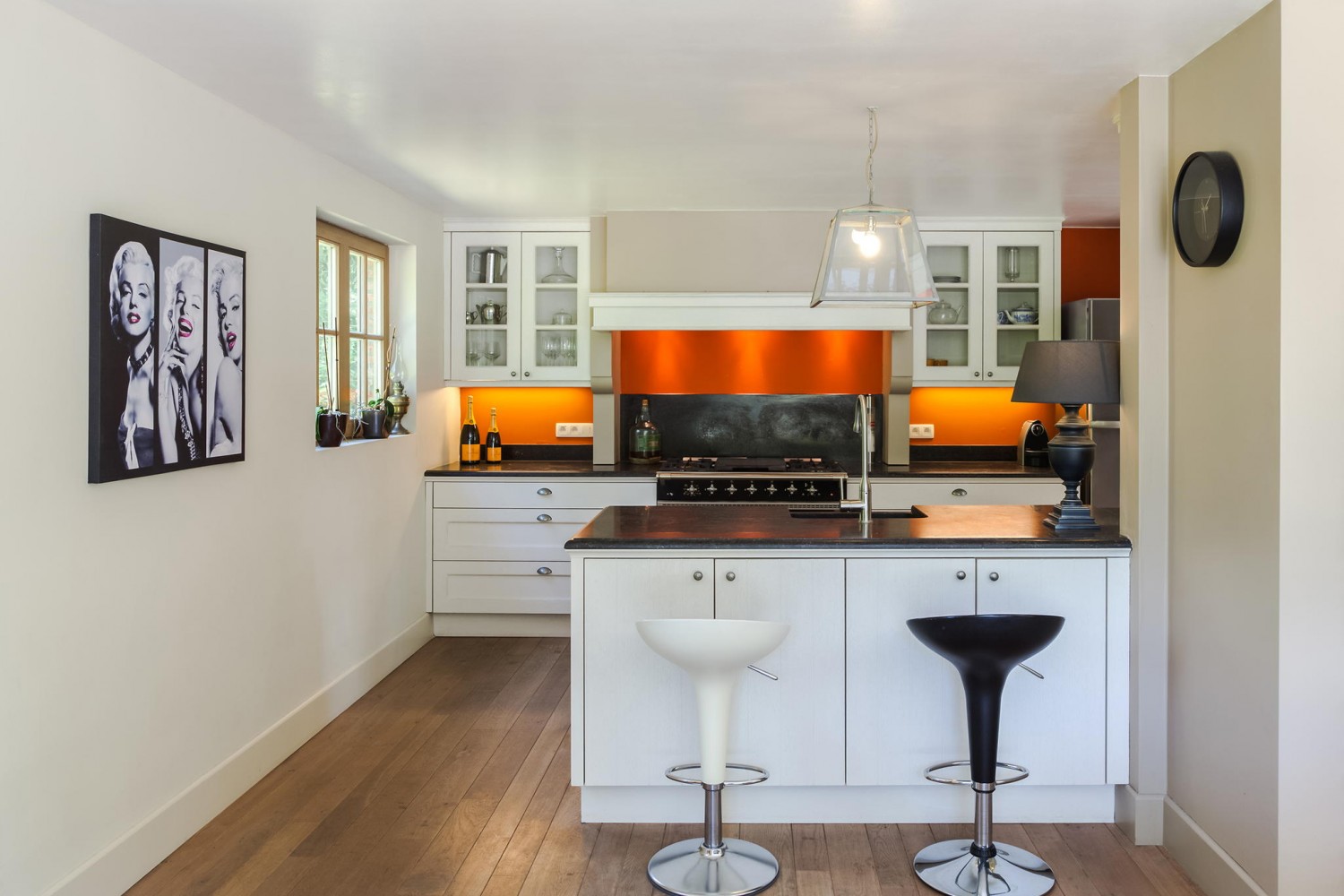Reveal The Enthralling Experience Of Restoring Aged Closets, Unveiling Unimaginable Stories And Opening The Tricks Of Antiquity
Reveal The Enthralling Experience Of Restoring Aged Closets, Unveiling Unimaginable Stories And Opening The Tricks Of Antiquity
Blog Article
Web Content Written By-Burke Westermann
To begin the trip of restoring antique cabinets, you need a keen eye for information. Picture uncovering hidden tricks within each layer of background embedded in the wood. Photo the fulfillment of revitalizing a once-forgotten item to its former glory. Every step of this meticulous procedure holds the essential to preserving the past while producing a future antique. So, are you all set to start this transformative undertaking and unlock the potential of your antique closets?
Examining the Cupboard's Condition
When starting the repair process, beginning by examining the condition of the antique closet. Carefully examine high-end cabinet makers for any kind of indications of damages such as fractures, chips, or loose joints. Inspect the timber for any kind of rot, warping, or insect invasion that might have taken place over time. It's essential to figure out the degree of the remediation needed before continuing additionally.
Next off, evaluate try this out as hinges, handles, and locks. Make note of any kind of missing items or components that require repair or substitute. Ensure that all hardware is operating correctly and safely attached to the closet.
Furthermore, evaluate the cupboard's surface. Search for any scrapes, discolorations, or staining that may impact the aesthetic allure. Figure out if the finish needs to be removed and reapplied or if an easy touch-up will certainly suffice.
Gathering the Required Tools and Materials
After assessing the condition of the antique cabinet, the following step is to gather the required tools and products for the repair procedure. Before you start, guarantee you have the adhering to items handy:
- wood cleaner
- sandpaper in different grits
- timber filler
- paint or timber discolor
- brushes
- gloves
- safety and security goggles
- a dirt mask
- a ground cloth
- a putty blade
- a hammer
- a screwdriver
- a vacuum cleaner
These devices and materials are vital for an effective remediation.
Wood cleaner is essential for getting rid of years of dust and crud build-up, preparing the surface for sanding. Sandpaper of different grits helps in smoothing out imperfections and preparing the wood for a brand-new finish. Wood filler is handy for fixing any type of fractures, openings, or damages present in the closet.
Repaint or timber stain, along with brushes, allow you to customize the cabinet to your choice. Bear in mind to put on gloves, safety and security goggles, and a dust mask for security. Lay down a ground cloth to shield your work area, and utilize a vacuum cleaner to tidy up any type of debris.
With these devices and products collected, you prepare to start the reconstruction procedure.
Carrying Out the Restoration Refine
To successfully execute the reconstruction process on your antique cabinet, start by extensively cleaning the surface with the wood cleaner. This step is important as it aids get rid of years of dust, gunk, and old polish that might have collected externally.
Once https://www.digitaljournal.com/pr/news/getnews/greenmen-builders-advises-clients-on-how-to-choose-the-best-kitchen-remodeling-contractor is clean and dry, analyze the problem of the wood. Seek any type of splits, scratches, or other problems that require to be resolved. Use kitchen cabinets makers to repair any type of flaws, ensuring to match the filler shade to the timber tone for a smooth coating.
After the repair work have dried, carefully sand the entire surface area to develop a smooth and even base for the new coating. Beware not to sand as well aggressively, as you don't want to harm the timber beneath.
When the sanding is total, apply a timber discolor or end up of your option, adhering to the supplier's guidelines. Allow the surface to dry completely prior to applying a protective top layer to make sure the longevity of your recovered antique cupboard.
Conclusion
Now that you have actually completed the restoration process, your antique cupboard looks like brand-new.
By complying with the step-by-step guide, you were able to evaluate, repair, and boost its problem easily.
With a fresh finish and safety top coat, your valued piece will remain to shine for many years ahead.
Delight in the charm of your restored antique cupboard!
